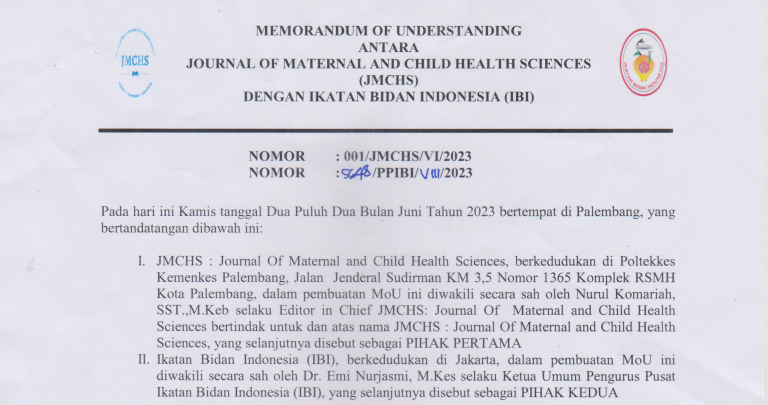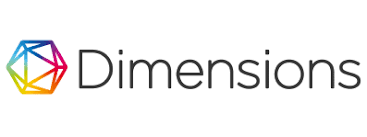The Feeding Habbits On Incidence Of Stunting
Abstract
Stunting emerges as a consequential nutritional challenge among toddlers, resulting from prolonged exposure to malnutrition. Rooted in familial caregiving practices, particularly feeding habits, this study delves into the nexus between feeding behaviors and the prevalence of stunting among impoverished families in Palembang. Employing a quantitative approach through a Cross Sectional Study, the research encompasses 110 mothers with children aged 24-59 months from economically disadvantaged backgrounds in Palembang. The findings underscore a noteworthy correlation between feeding habits and the incidence of toddler stunting, yielding a significant p-value of 0.000 and an Odds Ratio of 14.389. Noteworthy feeding practices influencing stunting include the administration of colostrum at birth (p-value = 0.020), diversified feeding (p-value = 0.000), nutritionally balanced meals (p-value = 0.003), maternal food preparation (p-value = 0.005), consistent snack provision (p-value = 0.002), age-appropriate portion adjustments (p-value = 0.042), offering food choices during boredom (p-value = 0.001), active feeding assistance (p-value = 0.001), maternal efforts to encourage eating (p-value = 0.000), and fostering an interest in eating (p-value = 0.007). Comparatively, non-stunted toddlers exhibit superior feeding habits when juxtaposed with their stunted counterparts within similar economic circumstances. This research illuminates the pivotal role of feeding practices in mitigating or exacerbating toddler stunting, thereby advocating for targeted interventions to enhance nutritional well-being in vulnerable populations.
Copyright (c) 2023 Journal of Maternal and Child Health Sciences (JMCHS)

This work is licensed under a Creative Commons Attribution-ShareAlike 4.0 International License.
Authors who publish with this journal agree to the following terms:
- Authors retain copyright and grant the journal right of first publication with the work simultaneously licensed under a Creative Commons Attribution License that allows others to share the work with an acknowledgement of the work's authorship and initial publication in this journal.
- Authors are able to enter into separate, additional contractual arrangements for the non-exclusive distribution of the journal's published version of the work (e.g., post it to an institutional repository or publish it in a book), with an acknowledgement of its initial publication in this journal.
- Authors are permitted and encouraged to post their work online (e.g., in institutional repositories or on their website) prior to and during the submission process, as it can lead to productive exchanges, as well as earlier and greater citation of published work












